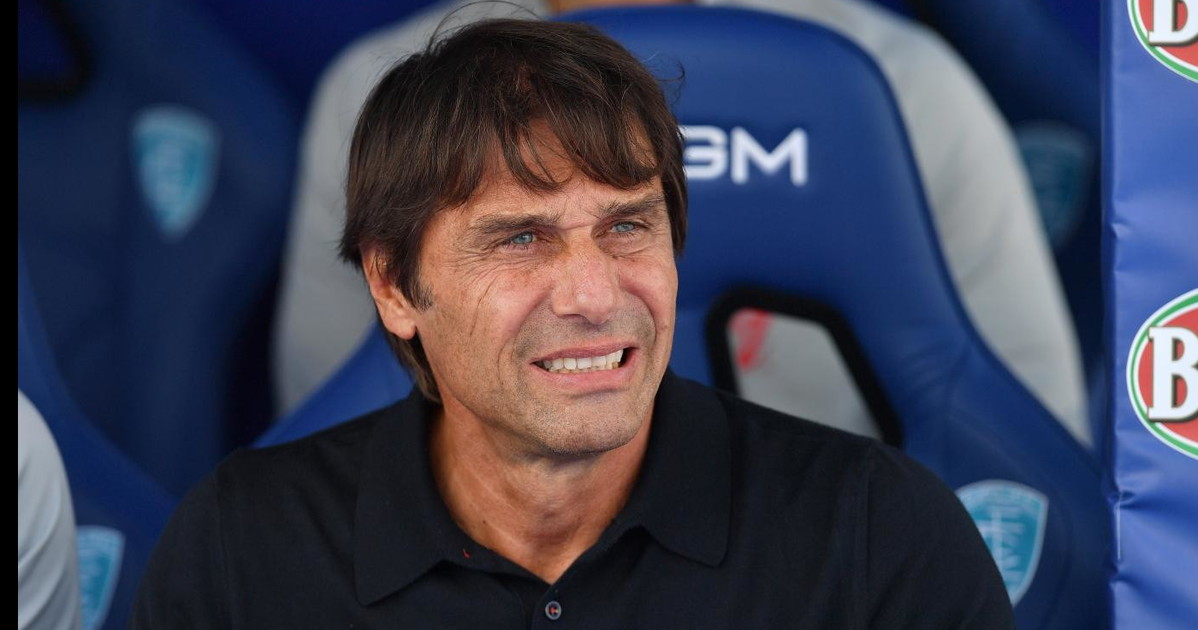In the demanding world of top-tier football, tactical consistency is often hailed as a virtue. Yet, for Antonio Conte, consistency lies not in adherence to a single formation, but in his relentless pursuit of perfection through constant evolution. The celebrated Italian strategist, a man famously «incontentabile» (insatiable), has once again proven his adaptability, this time at the helm of SSC Napoli, where he has meticulously reshaped the team`s attacking philosophy to maximize an arsenal of star talent.

The Conte Blueprint: A History of Adaptation and Triumph
Conte`s career is a testament to his tactical fluidity, even as his demanding personality remains a constant. From his nascent days at Bari with an audacious 4-2-4, he has sculpted winning teams with various formations. Juventus flourished under his iconic 3-5-2, a system he famously re-engineered mid-game during a crucial match at the San Paolo. Chelsea witnessed success with a 3-4-3, and at Inter, he returned to a variant of his beloved three-at-the-back, ingeniously transforming wingers like Perisic into relentless wide operators. Five Scudetti across different clubs don`t simply materialize; they are the byproduct of a coach obsessed with finding the optimal configuration for his players and the situation at hand.
Napoli`s Initial Tango: Embracing the 4-3-3 Legacy
Upon arriving in Naples, Conte demonstrated a shrewd initial caution, respecting the vibrant attacking legacy left by Luciano Spalletti`s Scudetto-winning side. The initial integration saw Napoli operate largely in a 4-3-3, a nod to the existing chemistry and, crucially, to unleash the unbridled genius of Khvicha Kvaratskhelia. It was a measured compromise, a strategic acceptance of current strengths while quietly planning for future refinement.
The Rubik`s Cube Unveiled: Shifting to a Fluid 4-1-4-1
However, Conte`s nature dictates that `quiet planning` invariably leads to transformative action. As challenges emerged and the demands of top-flight competition intensified – perhaps catalyzed by external events or the need for a tactical pivot – the maestro began to twist his Rubik`s Cube. The initial 4-3-3 began to morph. We saw Raspadori deployed shrewdly behind a spearhead like Lukaku, while a combative midfielder such as Scott McTominay was nudged towards the left flank to inject dynamism and defensive solidity. This was Conte`s pragmatic side taking precedence, opting for efficiency and tactical integrity over rigid adherence to any one `plastic` system. This philosophy, he would argue, is what delivers championships.
Engineering the Future: De Bruyne, Hojlund, and the Quest for Equilibrium
The most compelling evolution, however, appears to be Conte`s latest strategic masterpiece: a shift towards a dynamic 4-1-4-1 (or 4-4-1). This isn`t merely a change of numbers; it`s a meticulously calculated move designed to unlock a new dimension for Napoli, particularly with the speculative (and frankly, ambitious) future additions of world-class talents. Imagine Kevin De Bruyne, the midfield sorcerer, pulling strings closer to the advanced striker, be it Lucca or Rasmus Højlund. This formation is engineered to:
- Liberate Lobotka: Allowing the deep-lying playmaker more freedom to dictate tempo and distribute.
- Retain Anguissa: Ensuring the powerful midfielder`s presence and influence in the engine room.
- Widen the Field: Creating ample space for attacking creativity on the flanks.
- Integrate New Signings: Seamlessly embedding high-profile attackers and playmakers into a cohesive unit.
Conte’s mantra remains unwavering: «Equilibrium, everywhere, because otherwise, you don`t make progress.»
This pursuit of balance, even amidst a flurry of attacking talent, is the hallmark of his genius. Napoli under Conte has been, at various times, a fortress with a three-man defense, a vibrant trident, and now a comfortable back four. It’s a team that continuously dismantles and rebuilds itself, always finding a fresh permutation for success. Like a Rubik`s Cube with tricolor faces, it`s complex, challenging, and ultimately, stunningly effective.
Conclusion: Conte`s Enduring Legacy of Reinvention
Antonio Conte is not a coach who rests on past laurels. His journey from Bari to Juventus, Chelsea, Inter, and now Napoli is a narrative of ceaseless innovation. He is a man who doesn`t just adapt; he actively seeks out new tactical horizons, pushing the boundaries of what`s possible, even if it means dismantling and reassembling his own successful blueprints. In Naples, amidst the passionate fervour of a city that demands beauty and success, Conte is once again proving that true mastery lies in the ability to change, to challenge, and ultimately, to conquer.

